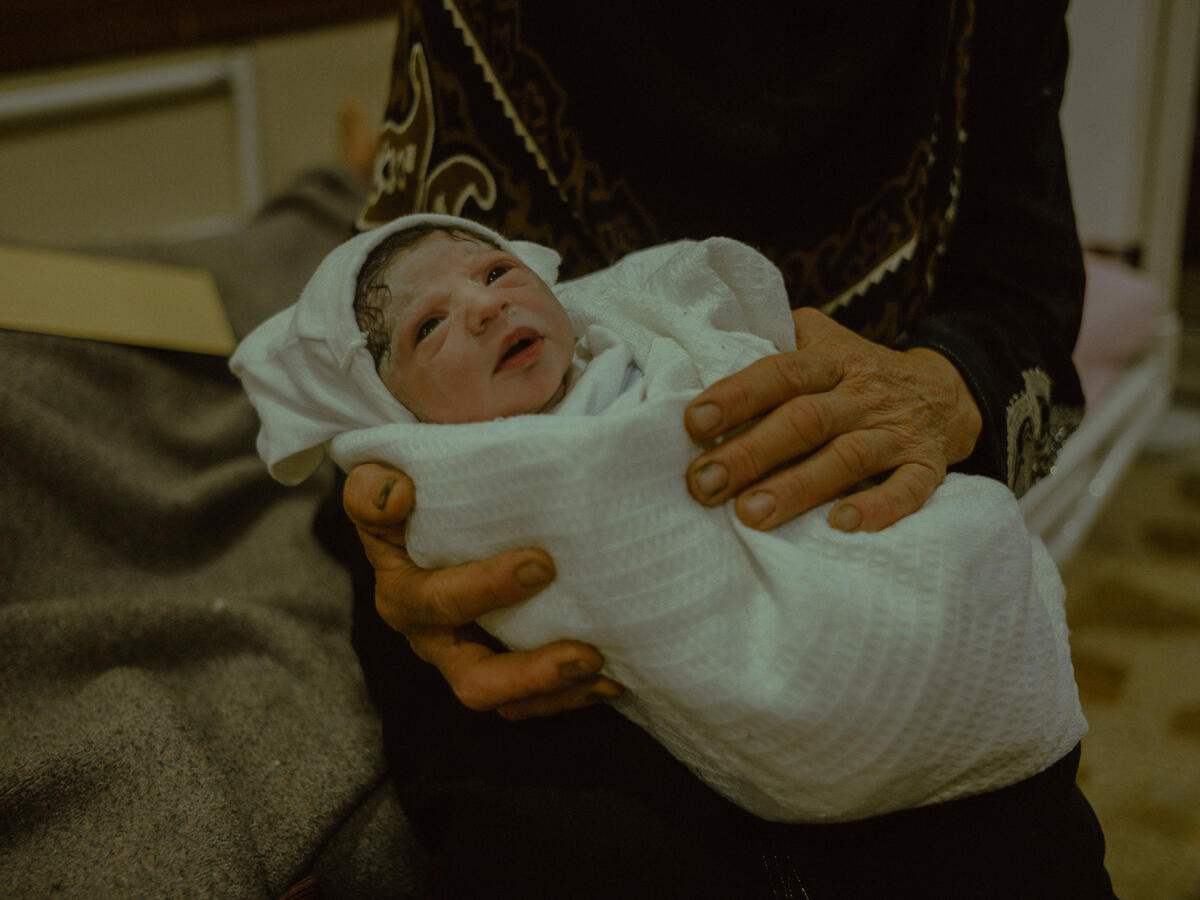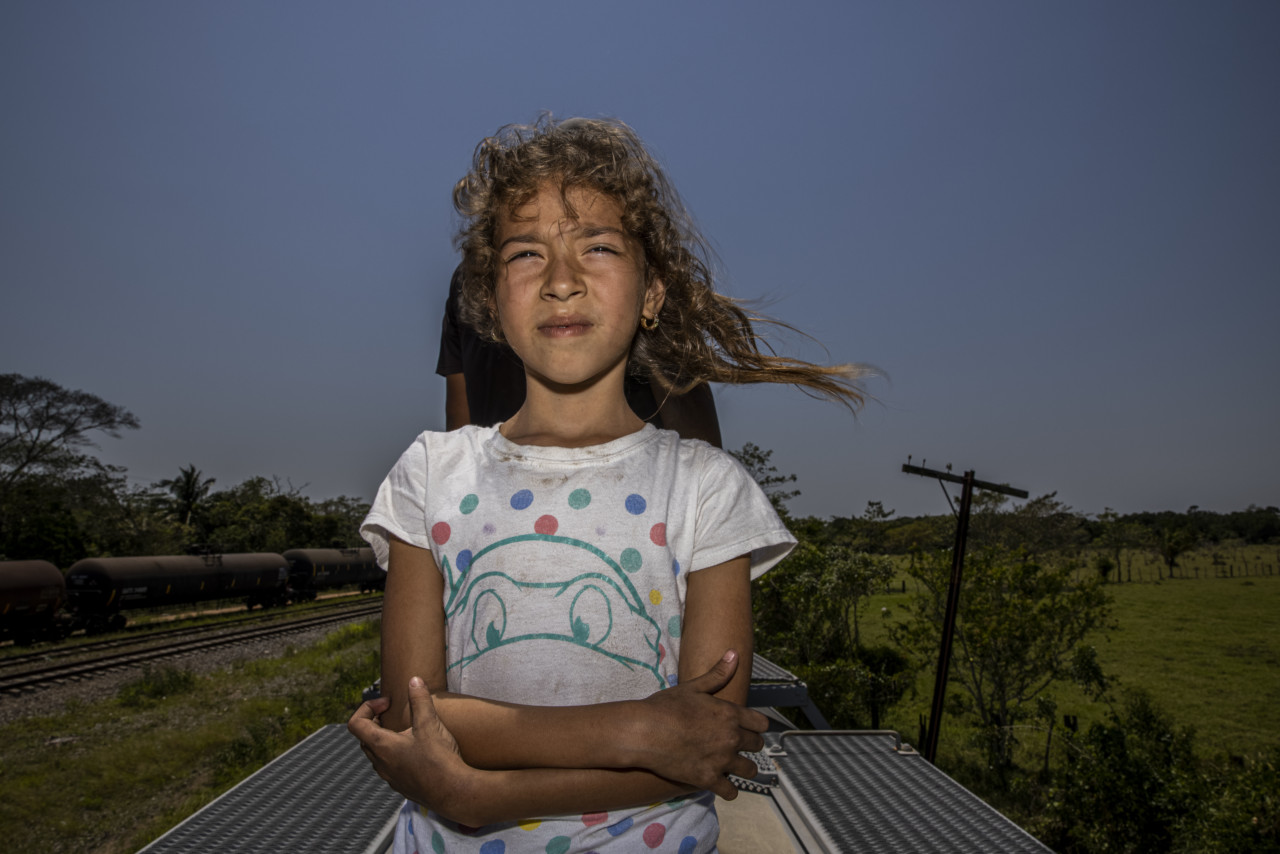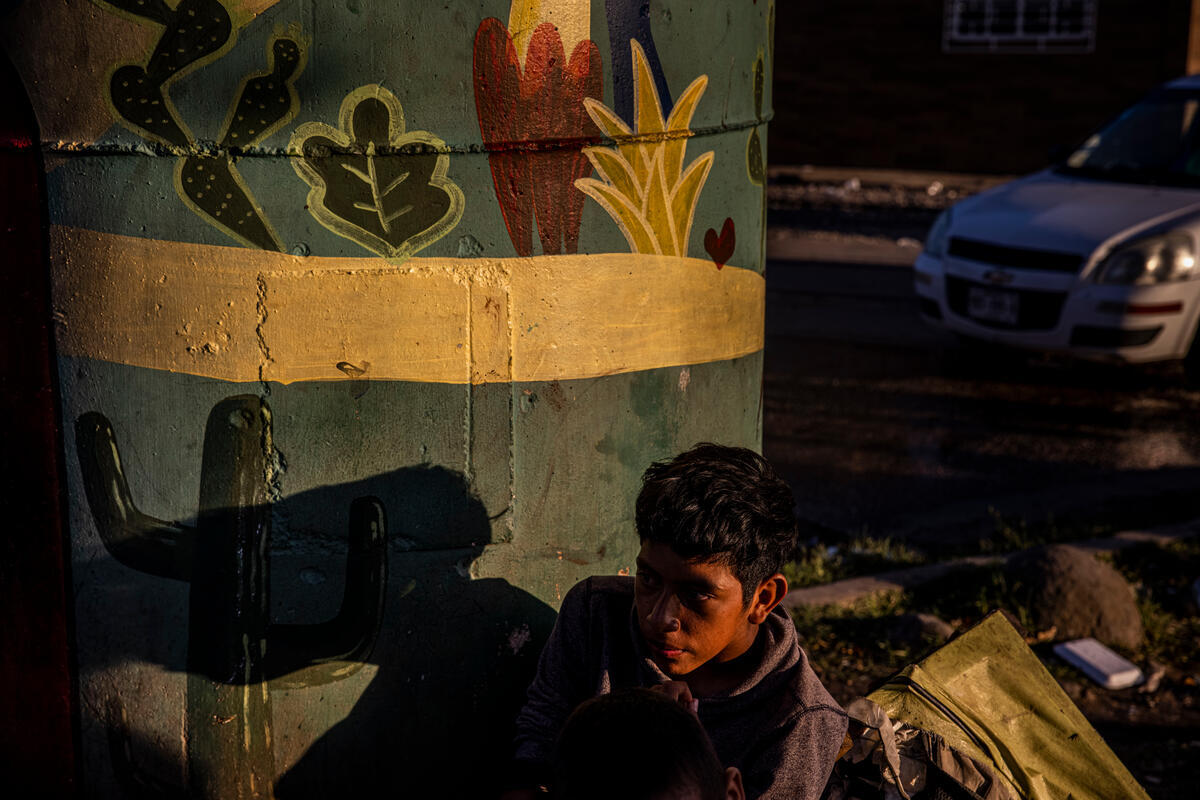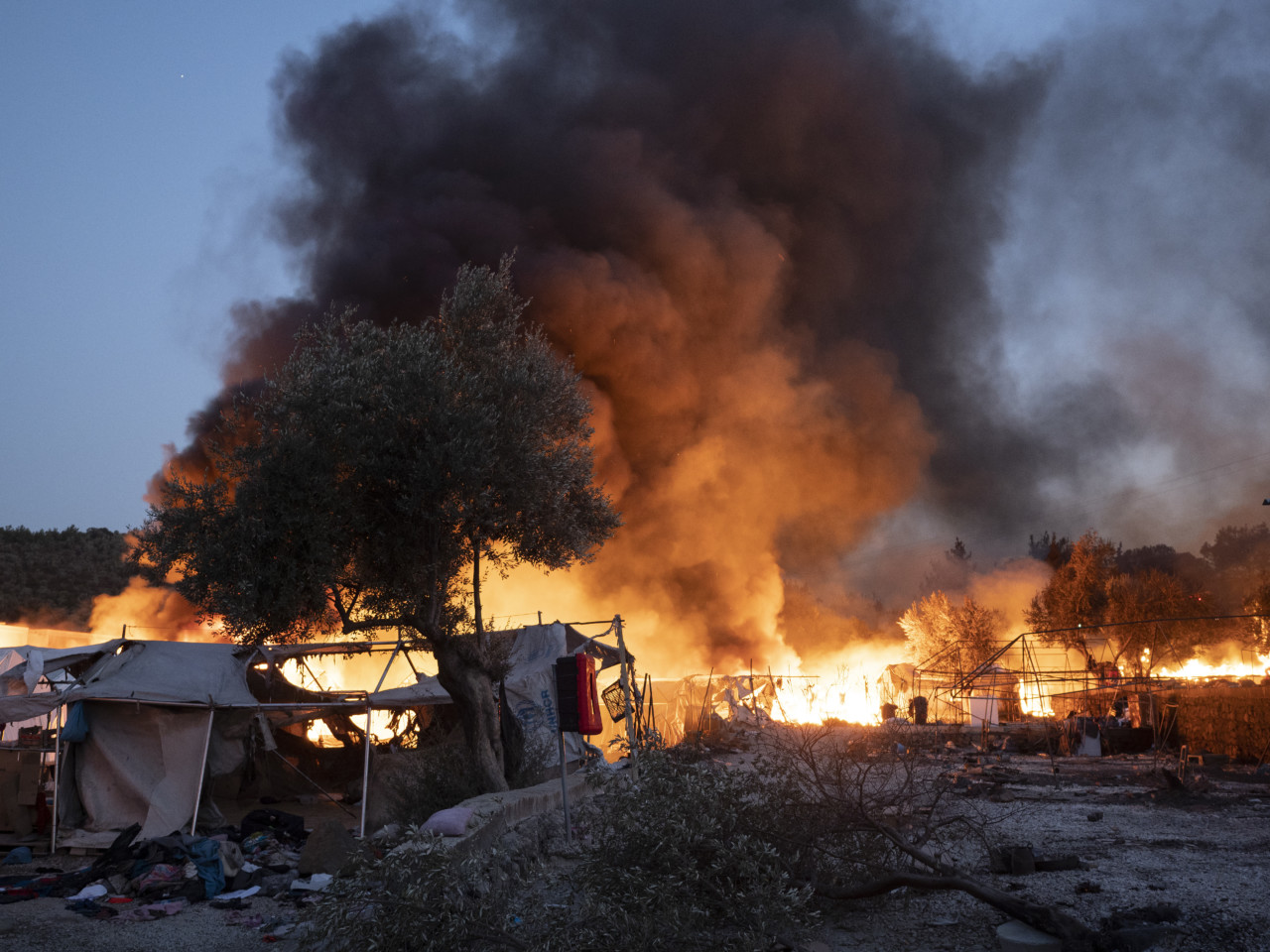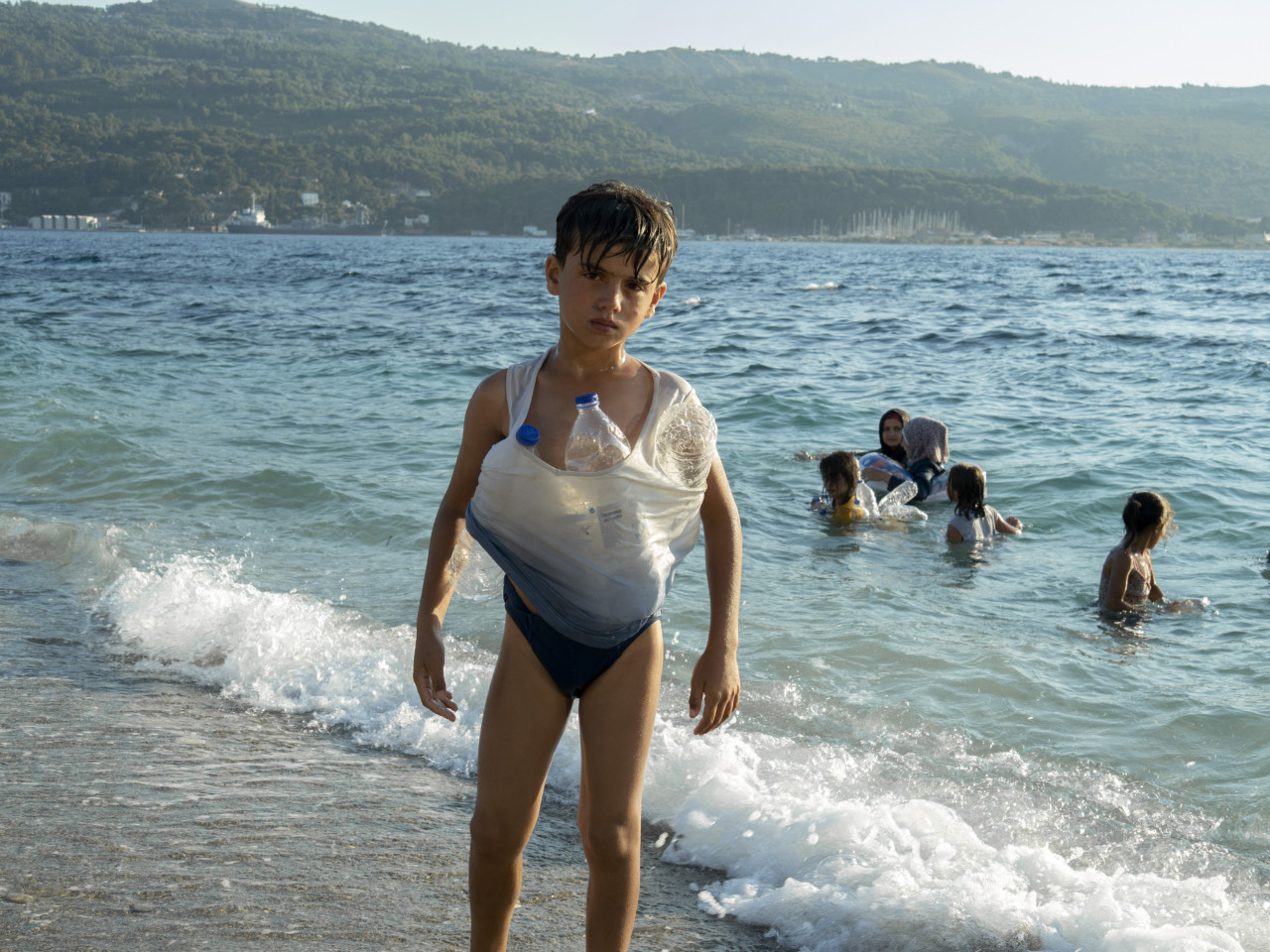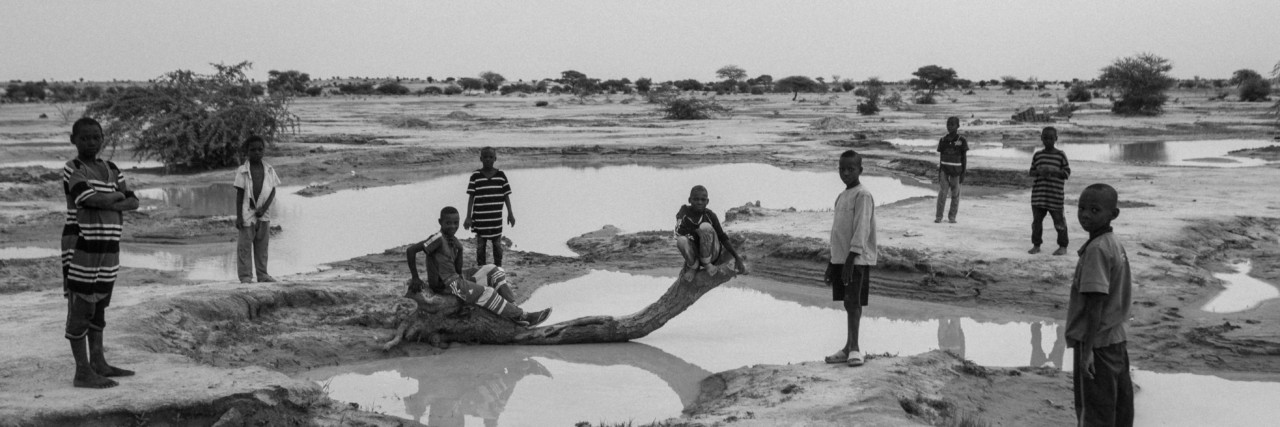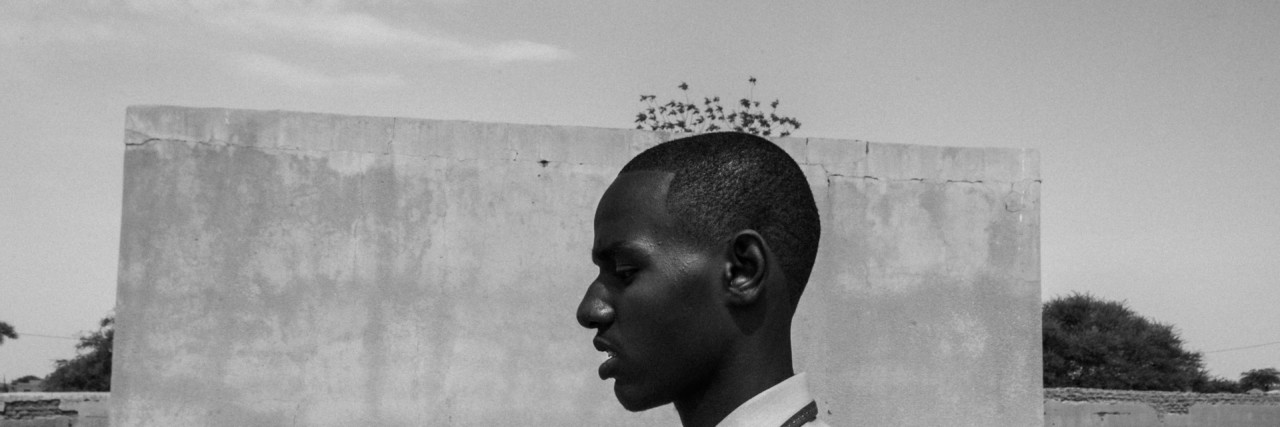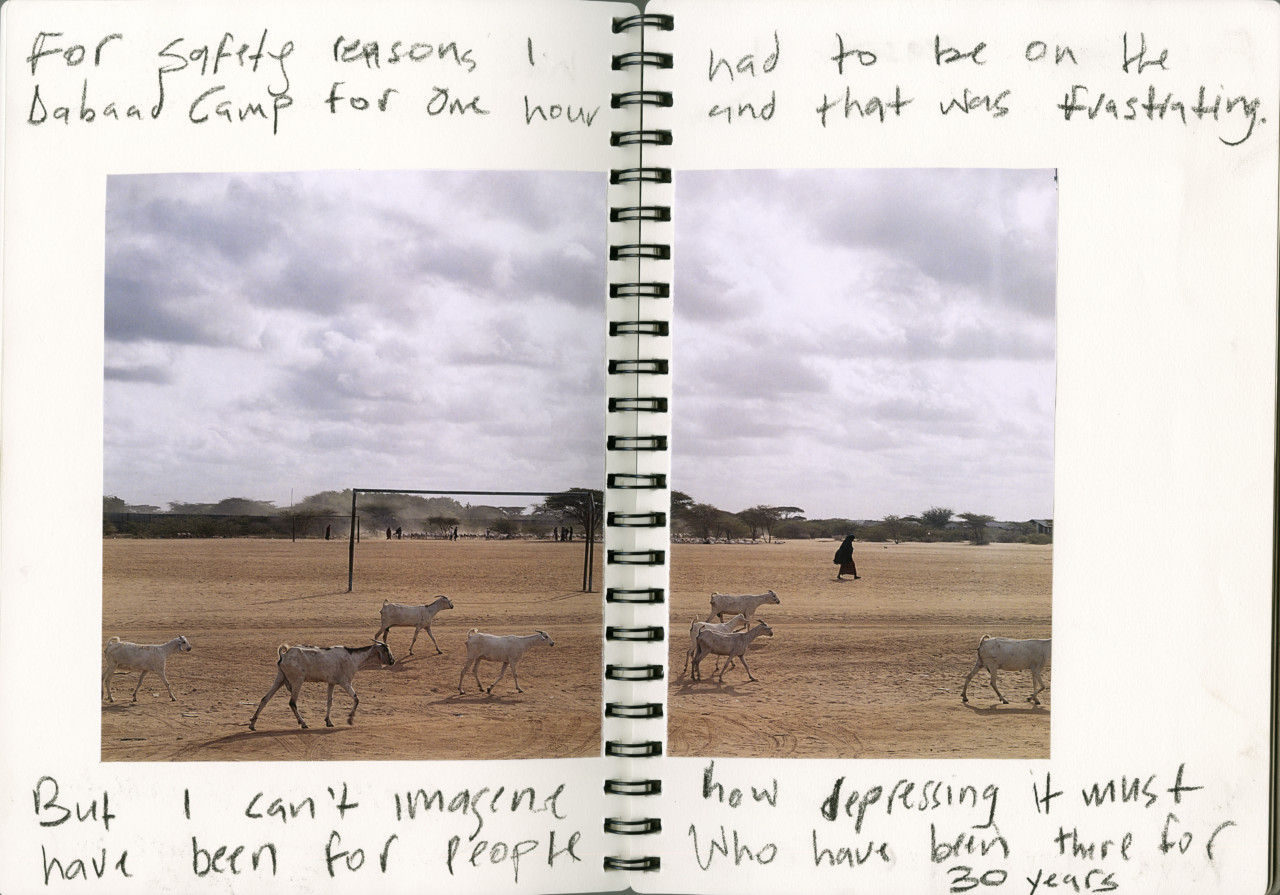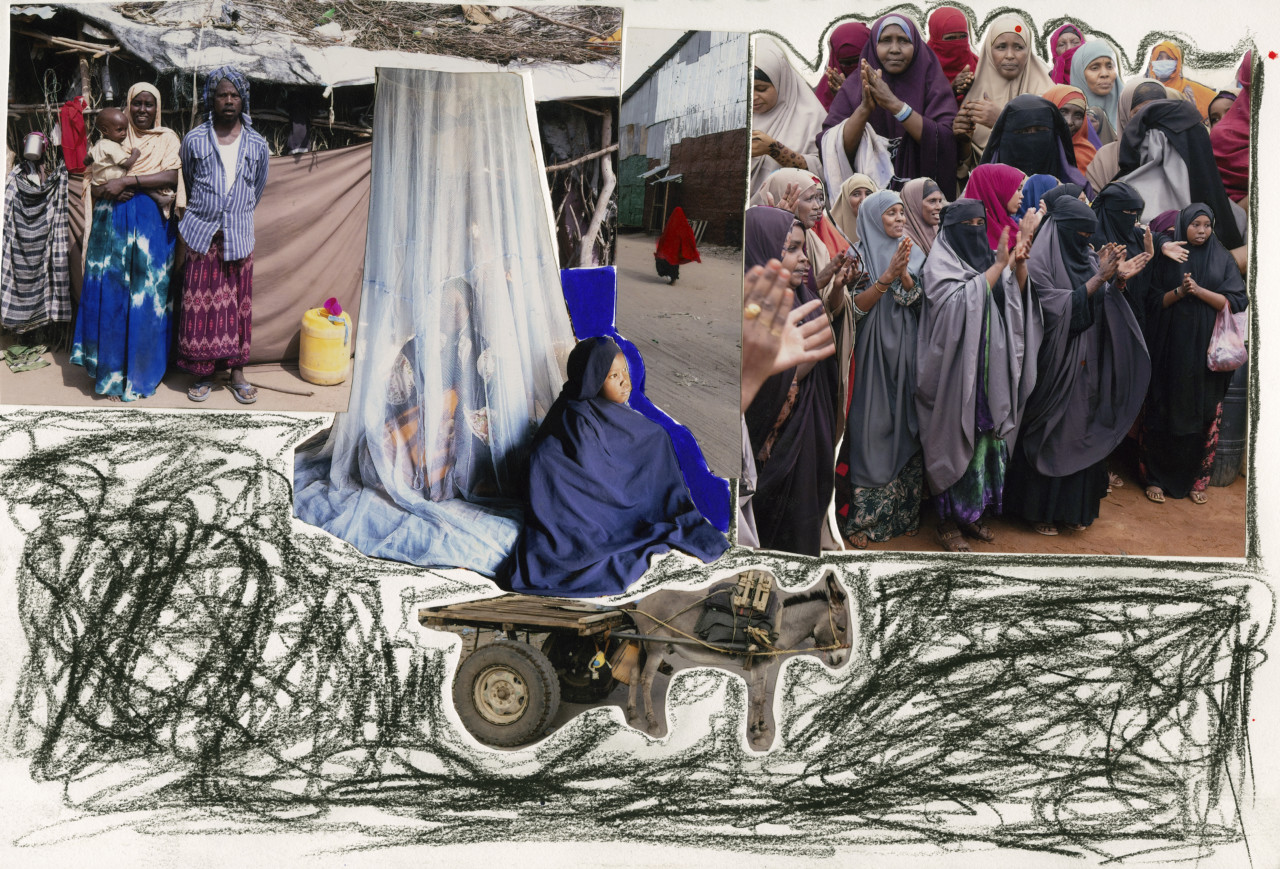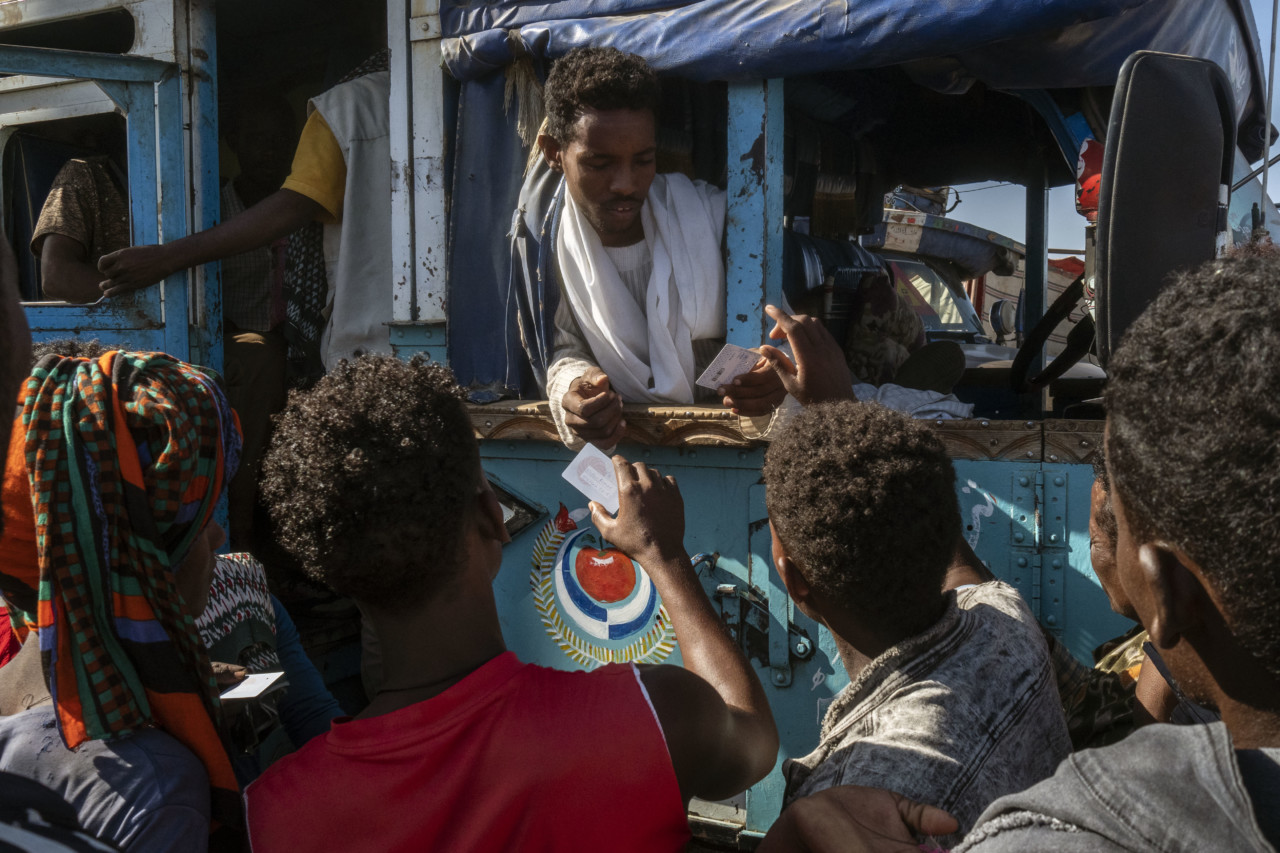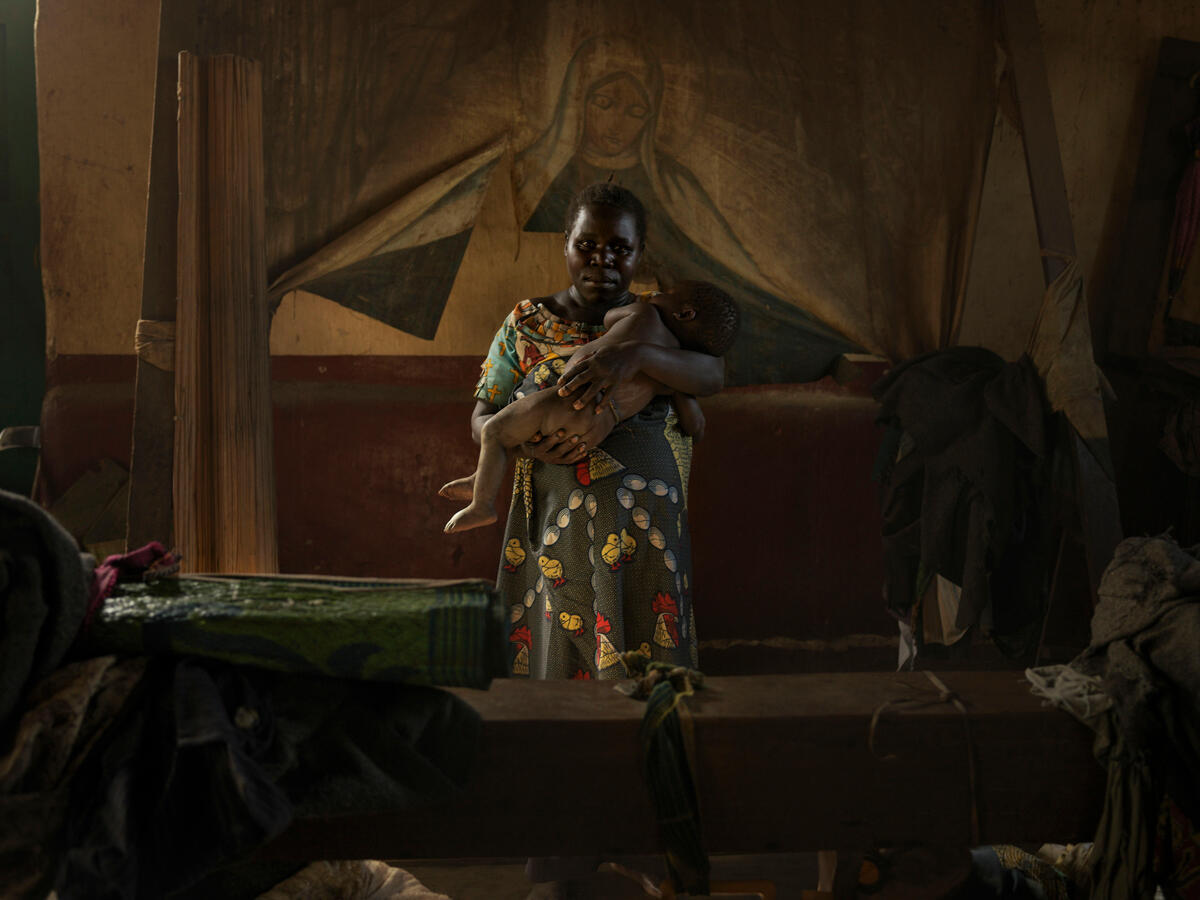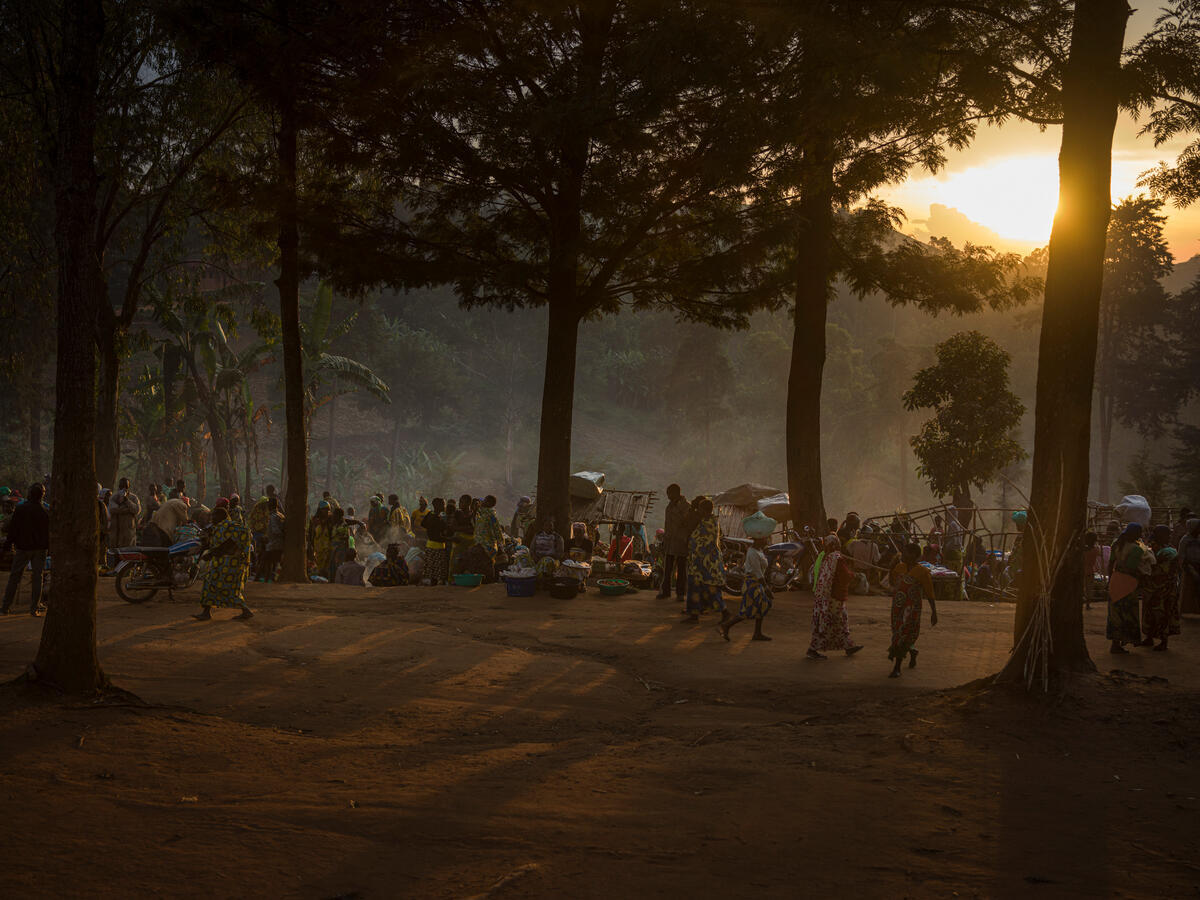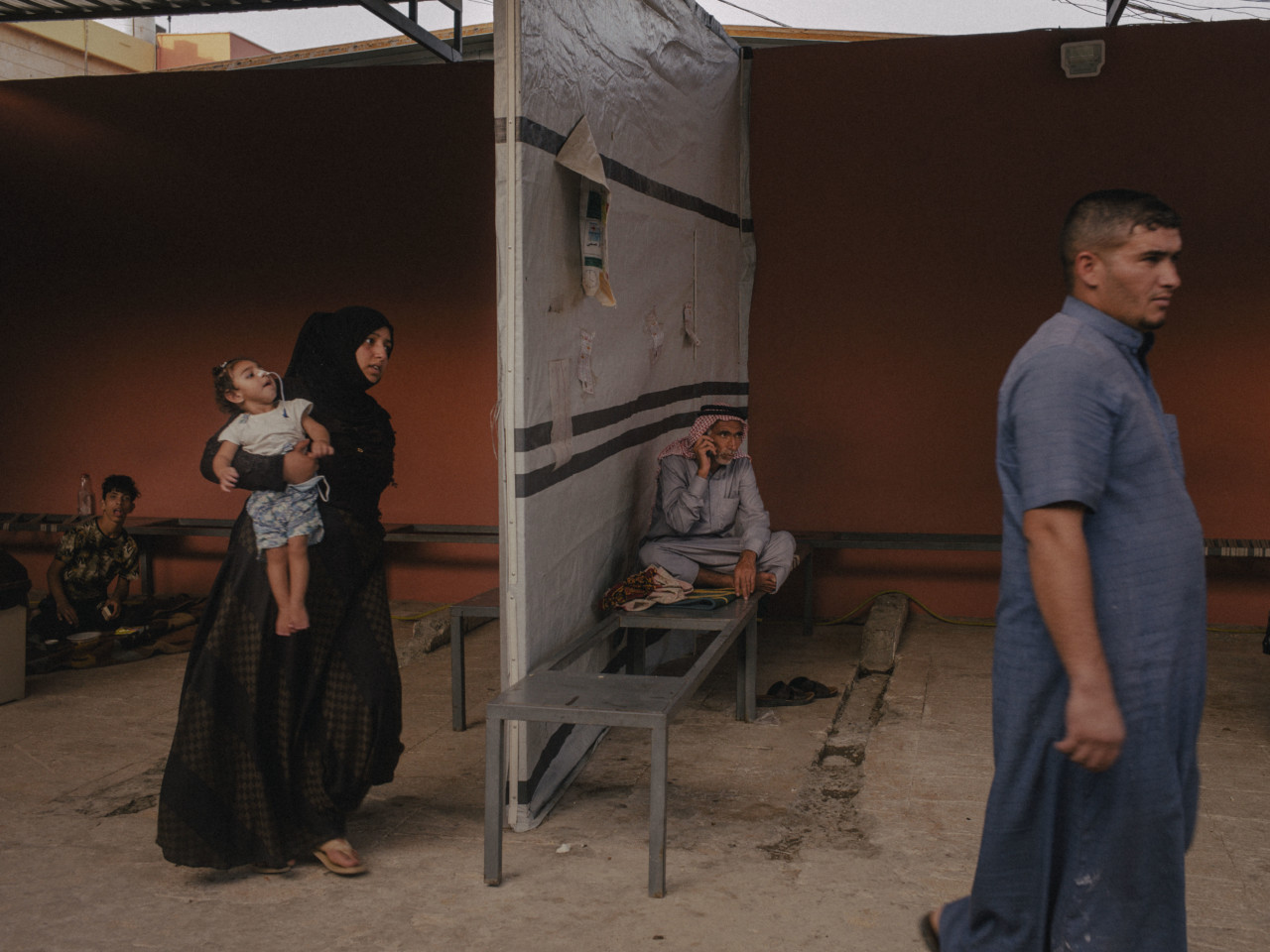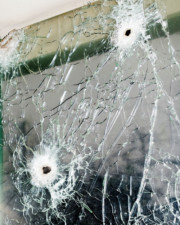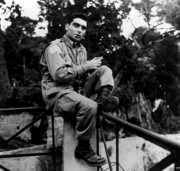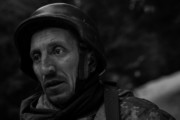Witnesses: 50 years of Doctors Without Borders
Fred Ritchin, Dean Emeritus of the International Center of Photography (ICP) School introduces a collaboration between Magnum Photos and Médecins Sans Frontières that documents fifty years of the medical organization's work.
On the occasion of the 50th anniversary of Médecins Sans Frontières (Doctors Without Borders), a new book, Witnesses: 50 Years of Humanity, looks back at the major crises of the last five decades. Through the photos and words of those who lived through these events, it bears witness to the difficult mission of providing assistance. The collaboration, between Magnum Photos and Médecins Sans Frontières, was born of encounters that took place in the midst of crisis; whether in the world’s most remote regions, or in areas covered by international camera’s and media. The book is a historical document, made of common experiences that revist the last fifty years – right up to the present day. Here, Fred Ritchin introduces the project.
In the mid-1980s I received a box of black-and-white photographs from Sebastião Salgado, the Brazilian photographer who had spent 15 months documenting famine and disease in the Sahel region of Africa which led to hundreds of thousands of deaths. He had collaborated with Doctors Without Borders in France, and a book of his work L’Homme en Detresse (Man in Distress), was published to raise funds for the organization (another collaborative volume in Spanish, Sahel: El Fin Del Camino, was later produced). But in the United States few newspapers or magazines had presented his work.
I walked around New York City, making appointments, showing his photographs to various professionals who might publish or exhibit the imagery. Personally, I was haunted by the images of people starving to death, by their extraordinary grace in the face of adversity, by the responsibility of possessing these photographs, by the sense that people needed to know the misery of others in order to respond. They resonated with me, linked to the oft-repeated hope that if only there had been more images of the World War II concentration camps published then the devastating consequences of the Holocaust might have been lessened.
But the quest for a book or an exhibition was short-lived and ultimately naïve, the imagery rejected as too depressing. A few years later, however, I received a call from the San Francisco Museum of Modern Art to curate a mid-life artist’s retrospective of his work, including the photographs from the Sahel. As a result, in 1990 the people of the United States could finally see some of what had happened a half-decade before in Africa.
It would have been important, both practically and spiritually, if the people in extraordinary distress who were depicted in the photographs had been the main reason for this acknowledgment rather than the photographer’s artistry. But this may refer to an older form of documentary, one in which the messenger had remained less important than the message and alerting the viewers – even at the risk of depressing them – could be considered to be a necessary part of global citizenship.
This exhibition, “An Uncertain Grace,” with an accompanying book, traveled throughout the world. When the exhibition came to New York, Doctors Without Borders used the occasion to announce the opening of their first office in the United States. But the New York museum hosting the exhibition refused to allow the new telephone number of Doctors Without Borders to be posted on the wall. People might be moved by the photographs and want to help, but the administration there insisted that it was not seemly to put a telephone number on the walls of a museum.
Soon after the New York exhibition opened critical attacks began. Salgado was not enough of an artist and his photographs of the Sahel were “packaged caring.” The images were too beautiful, an assumption reinforced by their having been required to assume the label of art in order to be shown. Rather than their urgency, their artistry would become the focus of the critique.
One wonders if there was more of an ugliness to the imagery whether that would be truer to those depicted? Such ugliness might better represent their material conditions, suffering from drought and famine, but wouldn’t it exacerbate their victimization and anonymity by defining them as no more than the sum of their external conditions? People living in disastrous circumstances can be as dignified, as beautiful, as anyone else. Or does their beauty make it that much more painful for us to watch, and that is why some may have wanted to repudiate these images as unbearable?
Doctors Without Borders was founded as an independent medical aid organization in 1971 with an appreciation for the necessary ability of photographs to rouse political will. Bernard Kouchner, a co-founder of the organization who had been to Biafra in the 1960s during the humanitarian crisis there, had been particularly moved by Don McCullin’s photographs of the brutality and starvation in Biafra. Kouchner considered McCullin’s photographs a turning point in the growth of human-rights organizations that “marked the start of a collaboration between press and medics, without which humanitarian efforts are doomed to fail.” As he put it, “Without photography, massacres would not exist. Nothing can be done without pressure on politicians.”
McCullin’s searing 1969 photograph that foregrounded a starving albino Biafran child, the specific image that had deeply affected Kouchner, was a milestone as well for the photographer, as was that entire day during which he encountered numerous children in horrific distress: “It was beyond war, it was beyond journalism, it was beyond photography, but not beyond politics,” McCullin wrote in his 1990 autobiography, Unreasonable Behaviour. “If I could, I would take this day out of my life, demolish the memory of it. But like memories of those haunting pictures of the Nazi death camps, we cannot, must not be allowed to forget the appalling things we are all capable of doing to our fellow human beings.”
Magnum Photos, founded two years after the end of World War II, emerged from a similar moment when photographs could, at times, have enormous impact on societies, whether Robert Capa and David Seymour’s empathetic work during the Spanish Civil War and Capa’s visceral coverage of the D-Day invasion, George Rodger’s photographs from over sixty countries during World War II, including the liberation of the Bergen-Belsen concentration camp, or Henri Cartier-Bresson’s photographs made the following year of Mahatma Gandhi’s assassination. Magnum was formed as a cooperative of photographers who were intent on exploring the world in their own ways, keeping the copyright to their photographs so as to have more autonomy in choosing the stories that they wanted to pursue. And, as Cartier-Bresson suggested, they wanted to help make the post-war world a better place.
But now, in 2021, it is a different moment in multiple ways, including the ways in which media are perceived. The photograph is no longer thought of as automatically credible, the result of a mechanical recording process expressed as “the camera never lies.” Photographs now are widely viewed as constructs, malleable interpretations that are largely subjective and easily modifiable by software. They are produced by the billions on social media, without sufficient context provided to shape their meanings. And they are often used, even professionally, to illustrate preconceptions, to be shared and “liked,” rather than to explore that which may be unknown.
Furthermore, these images now appear in an era brimming with assertions of alternative facts, fake news, and post-truth, making it extraordinarily difficult for photographs to emerge that manage to redirect the societal focus. For example, despite the massive problems confronting society, very few iconic photographs exist since 2001 and the September 11 attacks. The 2015 photograph of Alan Kurdi, the 3- year-old Syrian refugee who drowned, is one of the rare exceptions. The war in Afghanistan, the longest war in American history, was never represented by iconic photographs that helped to clarify what was going on there, unlike the many iconic images that helped to shift public opinion during the Vietnam War.
Photographers today, particularly those working with documentary or journalistic intentions, may need to think differently about their strategies, cognizant of the media environment that now exists in which photographs may not be automatically believed any more than the words of a writer. While the photograph can still function as a visual record, that record increasingly needs adequate contextualization to give readers the tools to decipher and amplify their meanings. This may require, along with sufficient text, the inclusion of other photographs, videos and audio files that document what was going on before and after, or around, that which has been depicted in the photograph.
Imagery by contemporary photographers can strive to include the points of view of those depicted, of eyewitnesses as well as of others from their communities, and links to other sources of information online that the photographer views as credible and can provide background or help explain the systemic issues that underly that which is visible. And they can choose to be more explicit in their own personal responses to the situations they encounter, much like Cartier-Bresson suggested that photojournalism could be thought of as keeping a journal with a camera.
The reader, provided with such context, can then choose to engage with the image and its context so as to determine what it represents, rather than being told what has happened by a picture and defining caption that the reader may, particularly in the current media climate, distrust and reject. Whether the reader looks at all the context that is provided or not, its inclusion strengthens the credibility of the process of witnessing by making it more transparent and inclusive.
And here the photographer should be aware of the difference between his or her own photograph and the networked imagery on social media platforms (all photographs are not the same and some may not be actual photographs). The intention of the photographer here may not be simply to share an experience, to attract “likes” and commendations, but to confront the myriad aspects of what has been experienced and to try both to narrow them down in the making and selection of an image, but also to open them up for further scrutiny. In doing so, one allows that the event’s interrogation may be at least as important as its delineation, allowing for the viewer to become what Roland Barthes called the “active reader,” collaborating in determining the meaning of the image and, perhaps as a result, becoming more engaged in the events and issues depicted.
This stance takes humility, a deep awareness of self, considerable knowledge, and an open-mindedness both to intuition and to possibility. It involves the photographer taking on the role of author and, when working with an NGO, of collaborator, rather than being limited to a stenographic or promotional role, or that of a wholesale supplier of images for someone else to select. It also involves an experimentation with formal strategies that may help elicit underlying truths, including the systems responsible for the symptoms that have emerged, rather than respecting pre-existing hierarchies of importance that result in predictable and often stereotypical imagery frequently rendered as spectacle. Each photographer needs to be able to say about her or his images and their contextualization that, to the best of his or her understanding, this is the way it was.
At the same time there is an issue of the credibility of the photograph, particularly in this age of allegations of “fake news” and the ease with which “alternative facts” are proffered that go against reason but serve ideologies, both personal and societal. Kouchner’s concern that “Without a photograph there is no massacre” is even more pertinent today given the widespread use over the last three decades of digital retouching software such as Photoshop that allow for quick and nearly seamless retouching of a photograph, but also the more recent adaptation of artificial intelligence systems to produce masses of synthetic images that look just like actual photographs. At the same time, increasingly sophisticated “deepfakes” promise to produce synthetic videos nearly indistinguishable from actual ones. As a result, the lens-based witnessing imagery that society, including humanitarian organizations, relied upon to provoke a response may become even more compromised. Citizens of wealthier countries will be spared having to take the rest of the world as seriously, given the plausible deniability of even actual events caused by the increasing use of such falsifying media.
Magnum photographer Jonas Bendiksen’s recent book, The Book of Veles, purporting to be a documentation of a town in North Macedonia that had become known as a hub for misinformation, was intended to raise such an alarm. It looks like a conventional photographic reportage but all the images of people, it turns out, are synthetic, created by software that Bendiksen trained for this purpose. The 5000-word essay that accompanies these images was itself produced by artificial intelligence. Tellingly, no one caught on to the provocation, even his sophisticated colleagues, and Bendiksen finally found himself months later having to announce his subterfuge.
On the other hand, this volume, Witnesses, is a testament to the many substantive collaborations between Doctors Without Borders and Magnum Photos, two organizations founded on the principle of autonomy and the desire to contribute to the societal good. It also highlights a variety of ways in which photography has been utilized in service of a better world. But as we acknowledge this long record of accomplishment, we must also recognize the enormous challenges to be confronted in trying to employ photography in similar ways in the future, and search for new and effective ways in which to respond.
To purchase a copy of Witnesses – please click here.
To learn more about MSF’s 50th anniversary – please click here.


